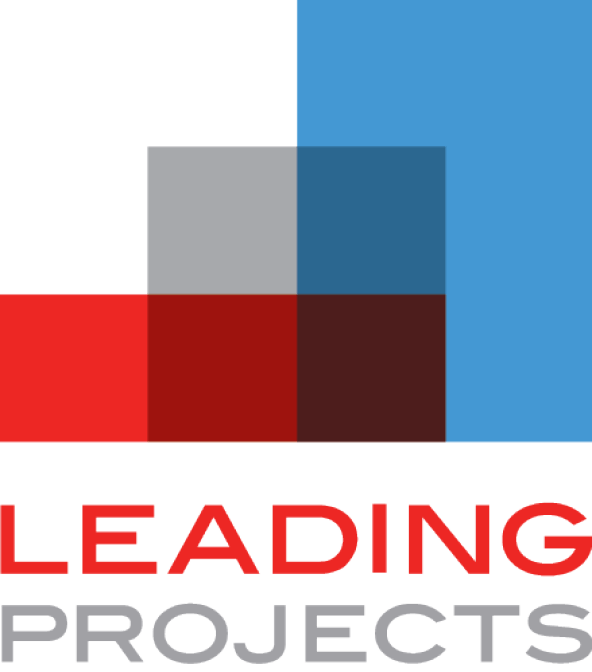This post was written by Greg Sills, President of Leading Projects, and Mark Robicheaux, Senior Advisor. Leading Projects does a lot of work for clients in a practice area we call “Strategic Interventions” — which usually involves helping project teams recover schedule slippage — always incredibly difficult. Most project delivery systems are focused on “readiness” for the Execute stage. But …
Is Your “Stage-Gate System” Destroying Value?
For years now, stage-gate systems have become a “best practice” to ensure that capital projects achieve the appropriate state of readiness before they advance from one stage to the next. But are they working? Not if they are distracting your team from framing the right project. Fixating on the Stage Gates Can Erode Opportunity Framing The front-end of projects is …
4 Reasons Your Project Process Is Failing You
Most companies that have a capital project portfolio of any size strive to have a common process by which the projects will be done—nobody wants each project team to reinvent their own version of the wheel! Expectations are made clear, and the project is evaluated at the end of each stage to determine whether those expectations have been met and …
Managing the Unexpected: The Art of Mindful Leadership
Effective leaders anticipate a certain amount of risk. That’s why well-managed projects generally have sophisticated, built-in risk management tools and processes. The whole idea is to identify the risks, assess the probability that they will occur, and calculate the magnitude of their impact. Once that happens, project leaders can determine the mitigations to be made and assign risk owners to …
Project Systems Elevated
Industries today are facing relentless competition for capital, making the selection and predictive performance of projects all the more critical. Even companies with a long and rich track record of delivering some of the most difficult major projects in our industry are struggling to deliver on promises. Artifacts from mergers, acquisitions, or divestitures may create additional obstacles to achieving “best …
